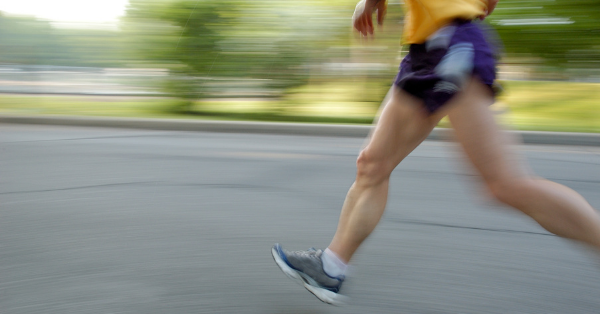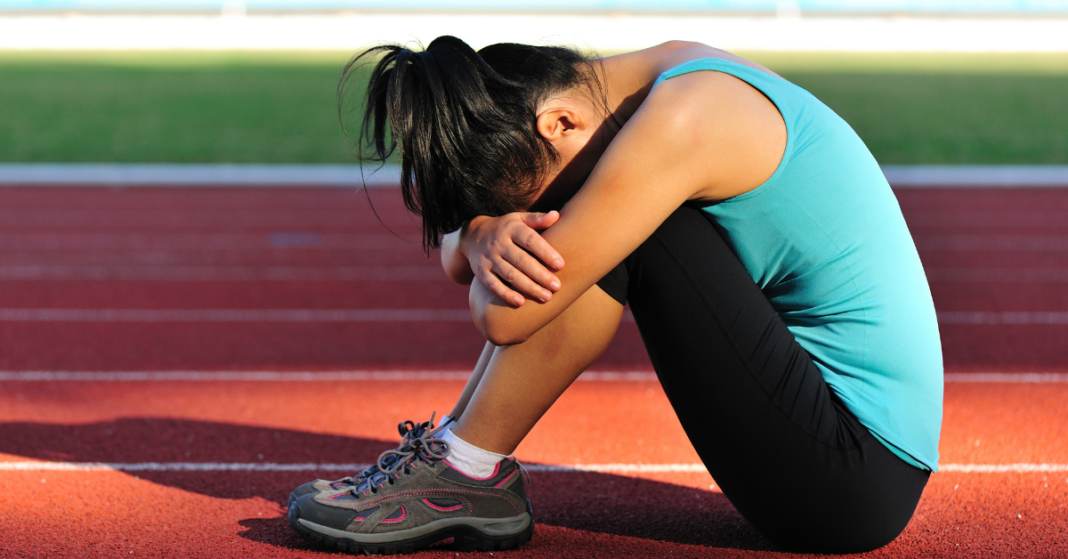Running mistakes are highly common among beginner runners. It is also highly likely to be seen in veterans that lead to injuries and various other problems. It is extremely important to understand the most common running mistakes and find ways to fix them.
In this article, we have discussed the 5 most common running mistakes and how you could fix them for a better running experience.
1. Choosing the Wrong Footwear

This is one of the most common and annoying mistakes made by the runners. The problem could arise if old shoes are worn or the right type of shoes is not invested on. You need to understand that for running, there is no requirement for any fancy pieces of equipment but great and right footwear is an absolute necessity. This is the magic key to protecting your legs and body from running injuries.
How to Fix:
Get to a specialty store that caters to the right shoes and is fit for running. Every person is different and hence every runner is too. Some are over-pronator, under-pronator, so it is of utmost significance that you figure out the type of runner you are and get the right shoes under the category. Always make sure to replace your shoes timely as the level of cushioning changes with time and the replacement could help avoid any stress injuries.
2. Over-exhaustion

When you are initially starting to run, there is a high possibility that you work overtime. This could be a huge mistake as over-exhaustion could lead to shin splints, runner’s knee. The philosophy of “more is better” doesn’t work in the case of running. It is always best to pace yourselves when you have just started.
How to Fix:
Start slow and work on adding more throughout the journey. If you are relatively new to running or are recuperating from injuries, it is best to start walking and progressively shift to running. Always be receptive to your body and its needs. If you suspect pain, it is the body’s way of telling you to stop and take it easy. Listen to these signs and make sure to take a day off almost every week. The rest day may feel very lethargic but it is this time the muscles build and repair themselves for better running performance in the long term.
3. Over-striding

This is considered the most common injury that runners are prone to. Over-striding is placing your landing foot ahead of the body’s center of gravity. It is a misconception among the runners that longer strides would help them improve their speed or running efficiency. It burns up more energy and could also lead to injuries like shin splints.
How to Fix:
Be sure to consciously check the placement of your feet. Focus on the landing feet and the mid-foot region to keep the stride short and on the ground. Always keep your steps as light and quick as possible.
4. Maintaining a Bad Upper Body Posture
Some runners have or maintain a very slouched posture which doesn’t help them breathe better. The position of the arms is a very important factor in the upper body posture. There is a tendency among beginner runners to hold up their hands very close to the chest, this would build tension in necks and shoulders.
How to Fix:
Always maintain your hands at the waist level to eliminate any stress build-up in shoulders and necks. The idea is to let the arms swing back and forth. Maintain your head upright with a straight back. Consciously try to straighten yourself up when you feel you are slouching.
5. Insufficient Hydration
The amount of fluid lost during a run is often underestimated by the beginner runners and thus get dehydrated mid-way through the run. Insufficient hydration could lead to side-stitches that are annoying and would affect the performance.
How to Fix:
Runners need to think about how and when to hydrate themselves before and after a run. It is commended that you need to drink at least 16-24 ounces of water before a run. Stay hydrated during the run by drinking electrolytes to replace the lost ions. Rehydration after the run needs to be done at the apt time.
Also Read :




[…] The 5 Most Common Running Mistakes & How to Fix Them? […]